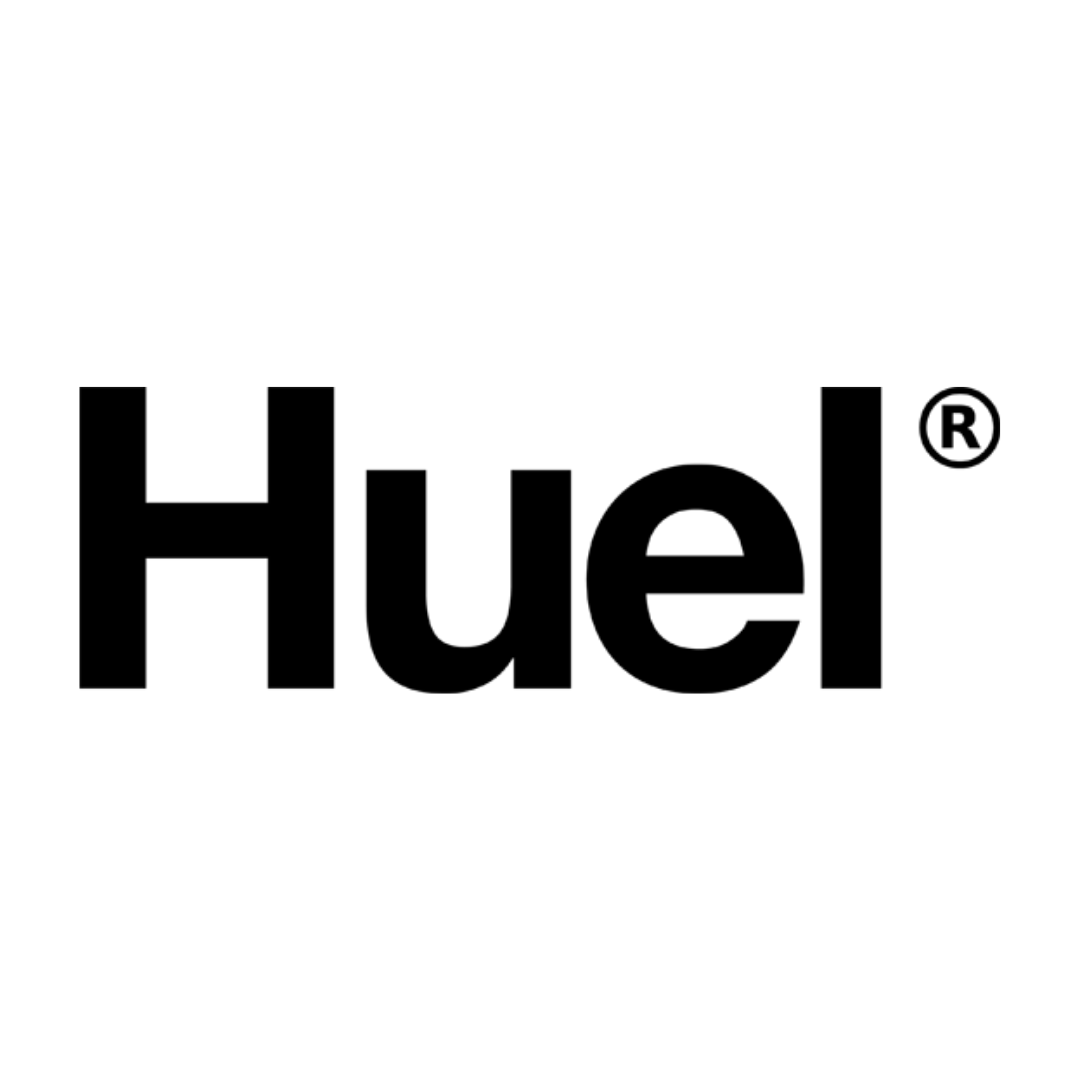Is sex in advertising still an effective strategy? Or have we lost our mojo?
“Sex sells” – a phrase we all know too well. A statement of fact and passive acceptance. A concept that infiltrated the advertising industry nearly 134 years ago and has since been considered the norm.
Until now…
What exactly is sex in advertising?
I’m glad you asked…
Sex in advertising is the use of erotic or sexually provocative imagery, subliminal messages, or sounds designed to rouse consumer interest in a brand, product, or service.
If I tasked you to think of an ad that portrays a lovely lady or handsome fellow, my guess is it wouldn’t take you long. Because despite sometimes tenuous links to the product or brand, sexualised marketing has been and is a proven method of luring in consumers.
But why?
History of Sexualised Advertisements
It goes back to basic, primal instincts. Alongside food, water, sleep, and general survival, sex (or the urge to procreate) lies amongst our interests of self-preservation.
But it’s also about sensual pleasure – ain’t no denying that! It moves beyond the physical to the psychological. To experiencing love, affection and ecstasy.
So, it’s no surprise sexual imagery is a powerful tool and has been used as such for so long. It’s capitalising on an innate, human disposition we respond to.
It all started in 1885, when a cigarette manufacturer began including erotic images, in the form of trading cards, in their packaging. The showcasing of the day’s most esteemed female stars and the, I presume, allude to “cigarettes after sex” worked. And worked well.
An avalanche of both suggestive and shameless sexual imagery has since cascaded into the advertising industry and brands will stop at nothing (bar censorship laws and regulations) to link their product, wherever they can, to sex.
While the arguable abuse of the concept increases, we can’t deny the facts: sex sells.
Advantages of sex in advertising
This could be easily summed up in three words: dollar, dollar bills.
But that’s only where the brand is concerned.
Men’s magazines, such as FHM and Maxim, found that sexy ladies on their front covers outperformed images of male stars, regardless of whether said star was hot in the press at the time. A viewer will generally spend more time “viewing” the ad if it’s sexually appealing, resulting in more sales. That’s not to say I condone the use of such images – don’t shoot the messenger.
There are sadly, and perhaps unsurprisingly, very few good examples of sexualised marketing that we can pull from, but it’s worth a shot.
Heineken’s Premature Pour campaign makes for an entertaining watch and saw an immediate 13% rise in sales. The implicit yet direct sexual nature of the ad shows how easy it becomes to incorporate humour into a sexualised advertisement (I certainly had a chuckle), thus increasing audience interest.
Baby Carrier:$217, Durex: $2.50/ Puset:217$ , Durex: 2.50$ #protectyourself #korunun #durex #creativeads #viralkings pic.twitter.com/LJItICU8fD
— Virallinq (@Virallinq) May 13, 2016
Durex obviously uses sex in advertising – they’re a condom brand, for crying out loud. But their $2.50 > $217 is a great example of how to use sex in advertising, the right way. It’s funny, clever, and a gentle reminder to practice safe sex #NoLoveWithoutAGlove
Hedkandi’s Love What You See ad is a refreshing take on what we so often see in the advertising industry: sex pressuring women to look a certain way and men to expect certain “standards”. Instead, here we have a woman who is looking the best for herself, rather than for anyone else. On the other hand, I’d argue whether a woman has to be size zero (like the model) to love herself, but that’s for another post.
The problem with “sex sells”
I am going to keep tweeting this sexist advert from my gym, @ufit_fitness, so that lecturers in #sexist advertising can find it easier. pic.twitter.com/hNEkDiFC4n
— Alice Gray (@AliceJaneGray) October 2, 2016
Sex: it’s naughty, it’s taboo. We’re not supposed to talk about. So, when something is presented as “risqué”, how do we respond? Well, overtly we might say: “Oh, stop!” While our internal dialogue goes something along the lines of: “Don’t stop…”
But before you get carried away looking for bouncy boobs to promote your new range of pots and pans, there are two things to consider here:
- Sex can’t sell everything. There has to be a context, and a relevant one at that.
- We are starting to talk about sex. And using women’s bodies to sell products has not only started to become more transparent, but it’s actually turning people off.
Remember that humans are an intelligent species. They soon discover when they’re being manipulated. And, in many cases, when a female body is being exploited.
A fine line exists when using sex in advertising, and brands are crossing it all too often.
A couple of examples come to mind: Dolce & Gabbana’s Submissive Woman; Sprite’s charming, slut-shamer of a Brutally Refreshing campaign; Protein World’s Beach Body Ready billboards, to name a few.
But nothing – and I mean nothing – is as bad as Belvedere’s Unlike some people, Belvedere goes down smoothly, in which the brand thought it appropriate to make light of rape and sexual assault.
Sexual imagery may indeed attract a certain demographic, but the majority – especially nowadays – aren’t buying it. If you’re going to use sex in your advertising, ensure the strategy checks out and doesn’t cross the line from sexual to sexist, or funny to offensive.
Does sex sell anymore?
I think sex in advertising can work and can continue to do so.
I don’t think it’s wrong to pair the two or think it indecent to do so. It just needs to make sense when it’s done. Brands need to think about the product they’re selling and the ways in which it relates to sex, without it being offensive and harmful.
If an ad is promoting warped body image, objectification, and/or sexism – or if it’s simply clutching at an uninspired, dubious link between sex and the product – it’s a guaranteed no-go.
I would encourage conversations about sex to be more open and free-flowing and I would personally love to see more sex-positive advertisements out there. Because many of us like to have sex, but nobody likes being objectified.
Does sex sell? Yes. But only when it’s done the right way.
If you want to bring sexy back to your advertising strategy but unsure how to approach it properly, get in touch.








